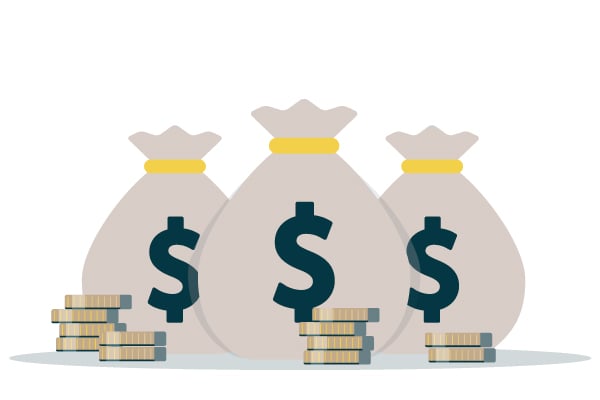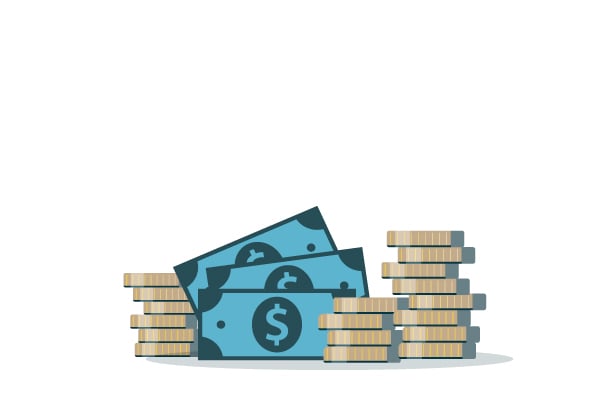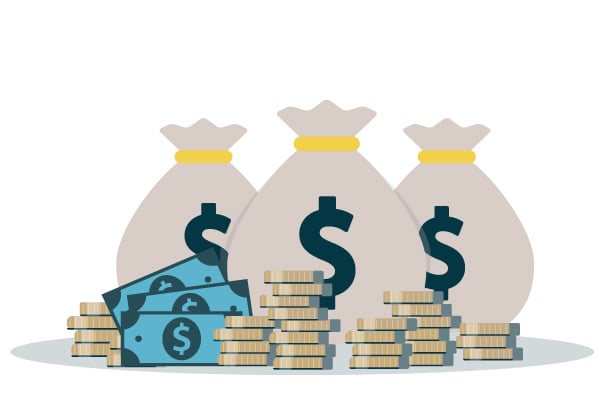Asset Classes
Asset Classes
Section Heading
Super SA’s options are invested across a range of asset classes. Some asset classes have more defensive characteristics and other are higher risk and have more growth features. Descriptions of the underlying investments of each asset class are detailed below.
Visit Responsible Investing for more information on how your investments are managed.
Section Heading
-
Australian and International Equities (shares)
Australian and International Equities are the largest asset classes. These are investments in companies listed on the Australian or international equity exchanges. This asset class can be called equities, shares, or stocks and the terms are interchangeable. When you buy shares, you become a part owner of the company and this gives you the right to share in the profits and losses. A shareholder is entitled to share in the company’s profits, some of which may be paid out as dividends.
The share market shows investors the prices of the companies and their liquidity. A companies’ financials and earnings are the driver of share prices, however, share prices are also affected by economic conditions and market sentiment.
Share prices can fluctuate dramatically and returns can be negative. This makes them high risk, but there’s potential for high capital growth over the long-term.
Investing in both the Australian and International Equities provides diversification. The Australian share market has large companies in banking (e.g., Commonwealth Bank) and mining (e.g., BHP), while International Equities provide exposure to companies within other regions and sectors.
Top 10 companies in the S&P/ASX300 Index (as at December 2022).
Company Exposure % BHP Group Ltd 10.8% Commonwealth Bank of Australia 8.1% CSL Limited 6.5% National Australia Bank Limited 4.4% Westpac Banking Corporation 3.8% Australia and New Zealand Banking Group Limited 3.3% Woodside Energy Group Ltd 3.1% Macquarie Group Ltd 2.8% Westfarmers Limited 2.4% Telstra Group Limited 2.2%
Top 10 companies in the MSCI All Country World Ex Australia Index (as at 31 December 2022).
Company Exposure % Apple Inc. 3.8% Microsoft Corporation 3.1% Amazon.com Inc. 1.4% Alphabet Inc. Class A 1.0% UnitedHealth Group Incorporated 0.9% Alphabet Inc. Class C 0.9% Johnson & Johnson 0.8% Exxon Mobil Corporation 0.8% Berkshire Hathaway Inc. Class B 0.7% JP Morgan Chase & Co. 0.7%
Due to Funds SA using active management strategies to enhance the risk/return outcomes, the top holdings in the investment options may differ from the above tables. -
Private Markets
Private Markets include unlisted investment opportunities with expected returns in excess of the long-term expected return for listed equities. It provides exposure to a range of strategies and investment opportunities.
Private Markets includes investments in venture capital, growth equity, private equity buyouts and value-add infrastructure. This includes consumer (retail, food, services), healthcare – (treatment, diagnostics, pharmaceuticals), technology (software, IT, new innovations), general industrials (manufacturing, maintenance, materials) and asset with developing infrastructure characteristics. Private Markets are classified as 100% growth assets.
-
Property
These are investments in Australian shopping centres, office buildings, or industrial properties. Returns can be generated from increases in property value and rental income.
Most of the portfolio is invested in premium unlisted assets. These assets generate relatively stable income overtime from quality tenants, and this is considered a defensive characteristic.
The remaining assets are development and refurbishment opportunities that aim to enhance the value of the property. These are shorter term investments that are considered risker and have a higher expected return. A small portion of the portfolio may be invested in assets that are listed on the Australian Securities Exchange.
-
Infrastructure
Infrastructure is invested in assets or companies which provide essential services to the community or have other competitive advantages leading to predictable long-term cash flows. This is considered a defensive feature of the asset class so the asset class is considered 50% growth and 50% defensive.
These assets have a long useful economic life and often operate under long-term concessions or contracts. They may display monopolistic characteristics and provide an element of inflation protection. Some examples include transport (airports, seaport, toll roads), regulated utilities (electricity, gas, water), renewable energy generation (windfarms, solar farms, waste) and digital infrastructure (data centres, connectivity, technology enablers).
-
Alternatives
Alternatives comprise assets that don’t fit into the other asset classes because they invest in a range of financial instruments. They enhance the level of diversification in the investment options by providing returns that do not correlate with Equites. This aims to smooth out the overall return of the investment options by decreasing the portfolios exposure to short-term market ups and downs.
-
Credit
These assets have expected returns that are between Fixed Interest and Equities. That means they have more risk than the Fixed Interest asset class but are more defensive than Equities.
Credit is comprised of debt securities that are issued by entities other than developed market governments. These instruments are primarily subject to movement in credit spreads, which may result in both positive and negative valuation changes.
-
Fixed Interest
The asset class invests predominantly in high quality investment grade Australian Government and corporate bonds.
Bonds are tradeable debt securities. Governments and companies issue bonds to raise money to fund their operations. The asset class invests into debt securities that pay fixed cash flows to investors and the principal amount at maturity.
The investment performance of the asset class is primarily affected by interest rates. Returns can fluctuate and can be negative over the short-term. Bond prices typically move in the opposite direction to interest rates (i.e., an increase in interest rates will lead to a decrease in bond prices and vice versa). However, over the medium term, the asset class is expected to generate a positive return more than cash and provide defensive and diversifying qualities to a portfolio.
Principle investment

You invest $100,000 in a 5% fixed rate, 4 year bond.
Years 1, 2 and 3

Each following year you receive a $5,000 coupon payment until year 4.
Year 4

At maturity you receive a $5,000 coupon payment and the $100,000 principle investment.
-
Cash
The asset class is invested in ‘cash-like’ assets including term deposits and short-dated bank bonds. These assets have minimal risk of capital loss and are highly liquid (i.e., they can be sold quickly without loss).
Cash is the lowest risk asset class which means it also has the lowest expected return. Over the longer term, this asset class has the lowest possibility of achieving returns above inflation.

